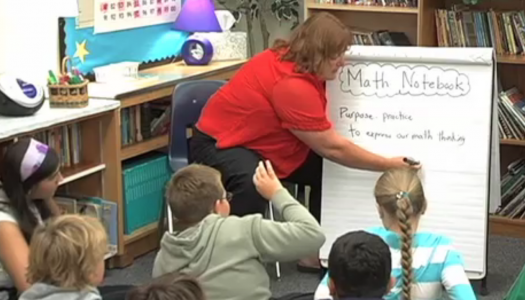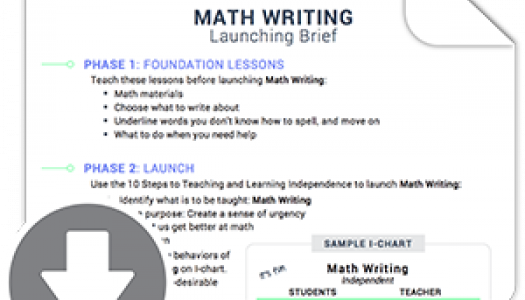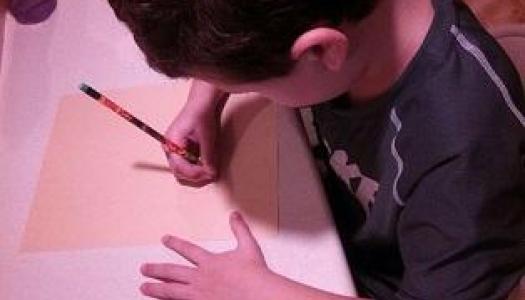Math Response Journals
Join Our Community
Access this resource now. Get up to three resources every month for free.
Choose from thousands of articles, lessons, guides, videos, and printables.

Putting our thoughts in writing forces us to think more deeply and helps us clarify our thoughts. When students write about mathematics, they give us a glimpse into what they are thinking and what they understand. Students should be encouraged to communicate their mathematical thinking in a variety of ways: pictures, graphs, charts, symbols, and words.
Writing in a journal regularly can help students monitor their understanding of mathematical concepts. When teachers take time to read and respond, the journals become a valuable method of communication between the student and the teacher. Journals provide a great diagnostic tool for teachers, and can reveal similar confusions or misconceptions held by a group of students or an entire class. This in turn will help in planning for future whole-group, small-group, and individual instruction.
Students often benefit from writing prompts to help get them started. Here are some examples:
- I think the answer is ______________ because_____________.
- A different way to solve this problem is _________________.
- I don't understand ________________.
- The mistakes I most often make are __________ because ________.
- What I like best is _______________ because _____________.
- The most important part of solving this problem is to remember ________.
- What I know about ___________ so far is _______________.
- I knew my answer was right when _______________.
Students can also use their math journals to write about what they are learning. Different examples of response writing include these:
- what they already know about a strategy
- how they figured out the answer to a problem
- what they learned
- questions they might still have
- new math vocabulary words they learned
Similar to reading response journals, there are many ways math response journals can be organized in many ways. A variety of sections can be included. Consider these example:
- My Strategies or Process—Students write an example from a lesson taught and modeled by the teacher.
- Math Vocabulary—Students write any new vocabulary words introduced.
- My Thinking or My Reflection—Students record any questions they may have about new or previous learning.
- My Proof—Students explain or "prove" their process.
- My Mastery—Students list types of math problems they can solve
Math response journals can be used at any grade level. Young children who are still developing their writing skills can communicate by drawing pictures or dictating their thoughts to a more skilled writer, whereas older students will have more specific writing goals to relay their thinking.








